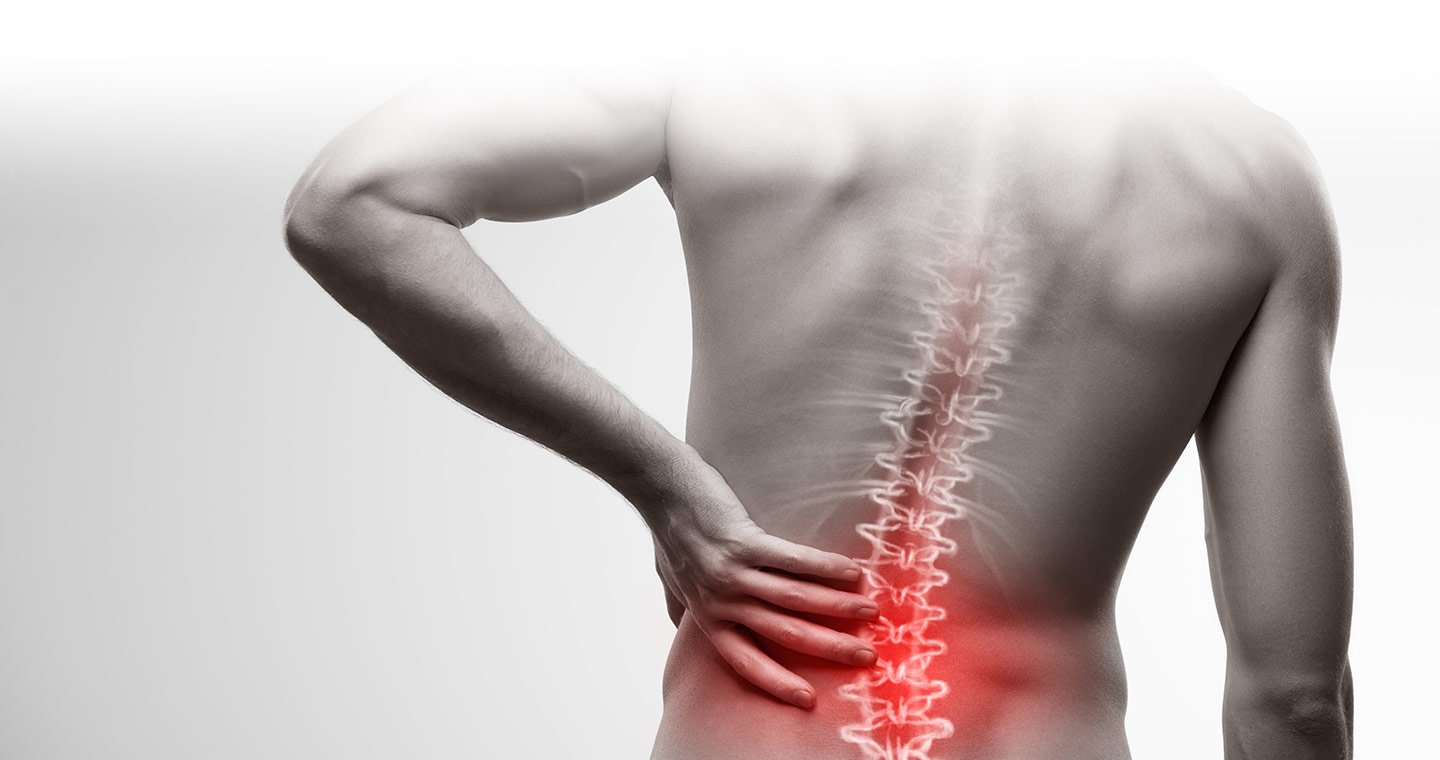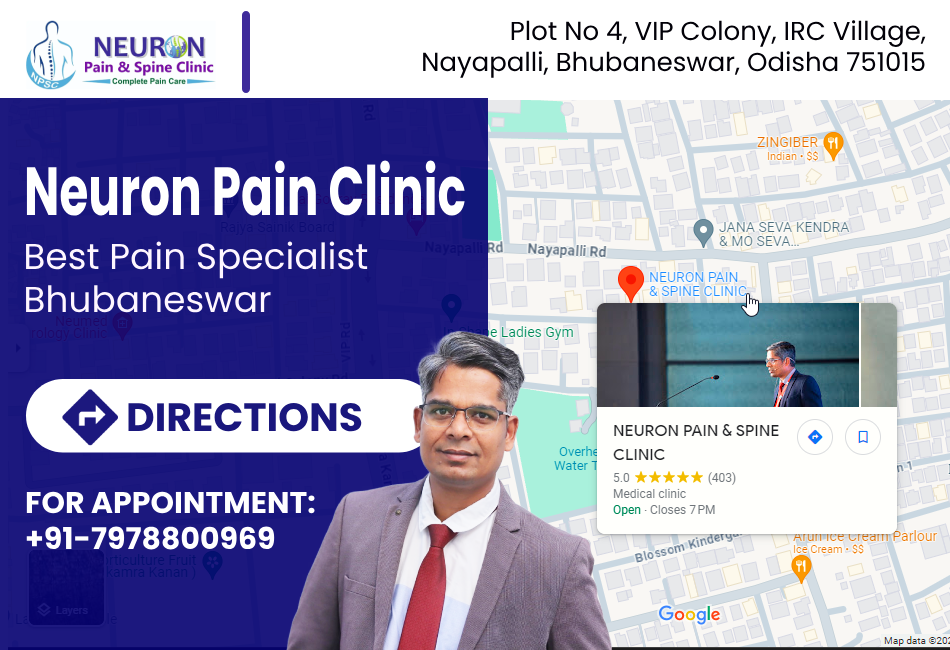Low back pain (LBP) is the commonest cause of chronic pain worldwide. This is the commonest symptom after common cold and cough. All of us must have experienced LBP at least once in our lifetime. But the good part is a vast majority of patients recover from acute episodes of back pain. However, when back pain persists for more than 3 months, it is called chronic low back pain (CLBP). CLBP is a huge medical burden. It has not only a significant economic burden in our society but also can led to prolonged suffering and poor quality of life. Many a times, patients see multiple doctors but are completely unaware of their condition as nobody explained them correctly or they did not understand why their back is hurting. It is imperative to know various causes of CLBP and take some corrective measures from an early stage. Causes of Back Pain

- Lumbar Disc Herniation or Slipped disc
This is the commonest cause of LBP where patients experience pain in their back which radiates to leg and/or feet. Pain can be severe, stabbing, tingling, burning, pulling, and shooting type. Sometimes, pain can be limited to back if there is a small tear in the outer part of disc and disc bulge is mild in nature.

- Sacroiliac Joint Pain or Sacroilitis
Sacroiliac Joint is another common cause of back pain. It can be from ankylosing spondylitis or following trauma, injury, fall and other causes.
- Facet Joint Arthropathy
Facet joints are finger-like joints on both sides of the spine covering from cervical region to lumbar spine. They enable flexibility and limit extreme movement of the spine. Facet joint is a common source of low back pain in elderly patients.
- Inflammatory Back Pain or Spondyloarthropathy
This is a unique condition where our own immune system behaves abnormally leading to pain in the back which is worse in night and early morning with associated stiffness. Treatment for this condition is different from others.
- Myofascial Back Pain
Muscles form the core of human spine and many a times because of odd posture, stressful work, and repeated injury, the muscles develop trigger points and lead to CLBP.
- Miscellaneous causes
Osteoporosis, Scoliosis, Tumors in spine, Infection, spondylolisthesis (slippage of spinal bones), or even disease of uterus, kidney, intestine, pancreas, gall bladder can cause LBP. Sometimes, herpes zoster, or other nerve impingement can cause LBP. Treatment Treatment options can be divided under 4 headings:
- Medication– After an initial assessment and evaluation, appropriate medication (anti-inflammatory, nerve pain, opioids or muscle relaxants) form the 1stline approach. Many patients respond well to initial treatment. Certain medications can be continued for a long time. If one is suffering from Ankylosing Spondylitis related LBP, then the medications are different.
- Physiotherapy & Lifestyle modications– This forms an indispensable part of chronic low back pain treatment. Specific exercises for sciatica/slip disc, mechanical low back pain are taught to patients to stretch and strengthen their back muscle and get back to activity. Another important measure is posture care, proper ergonomics, good nutrition, and others including yoga etc.
- Interventional Pain management procedure– Patients who have persistent pain despite above, can be considered for interventional pain management procedures in OT under X-ray guidance. These include epidural injections, nerve root blocks, facet or sacroiliac joint injections, radiofrequency ablation, botox into muscles, prolotherapy and other nerve blocks.
- Surgery– Operation is reserved as the last option if above 3 measures do not help. However, in some patients who have “Red Flags” may benefit from early surgical intervention. They include cauda equine syndrome, very big size disc herniation causing severe spinal canal compression, leg weakness or numbness, and no relief with conservative measures.

